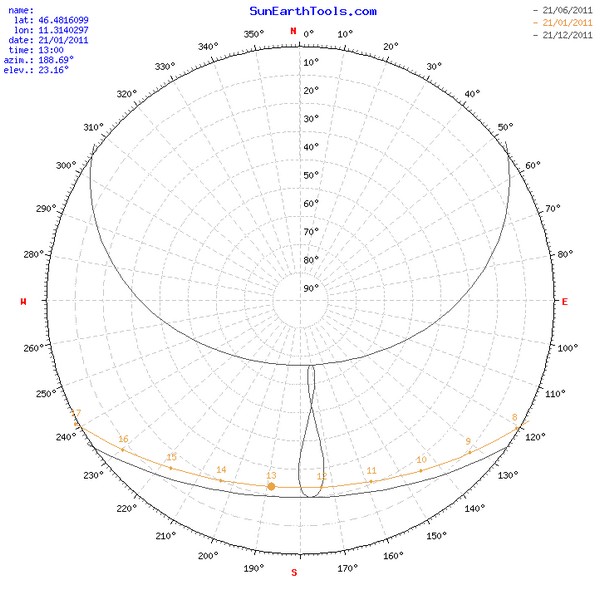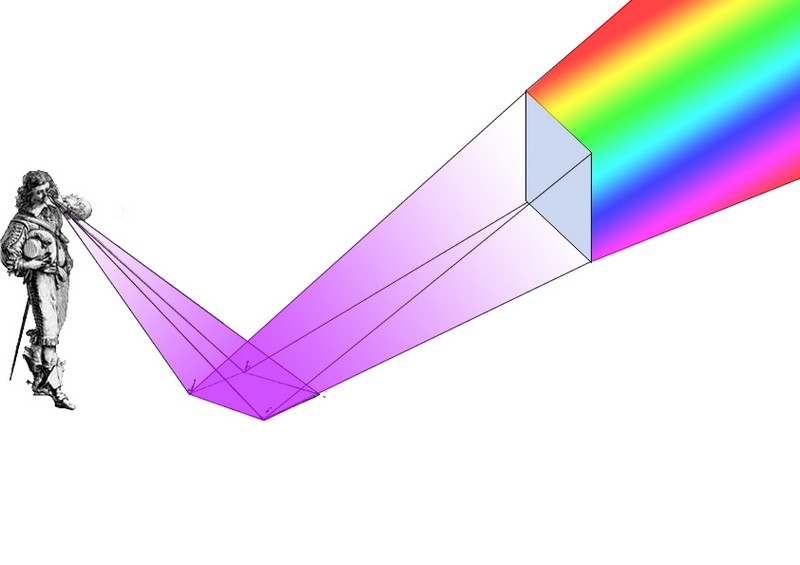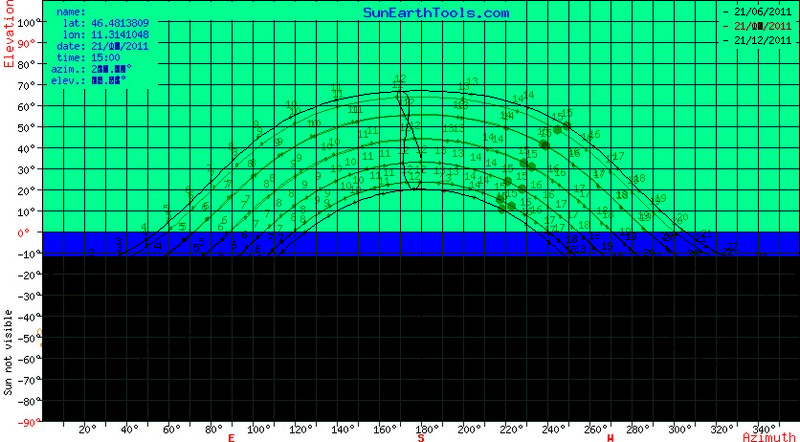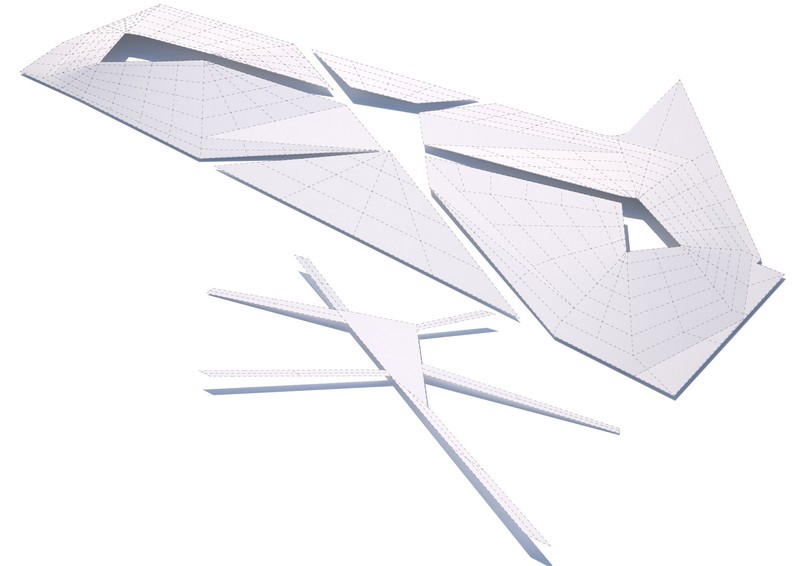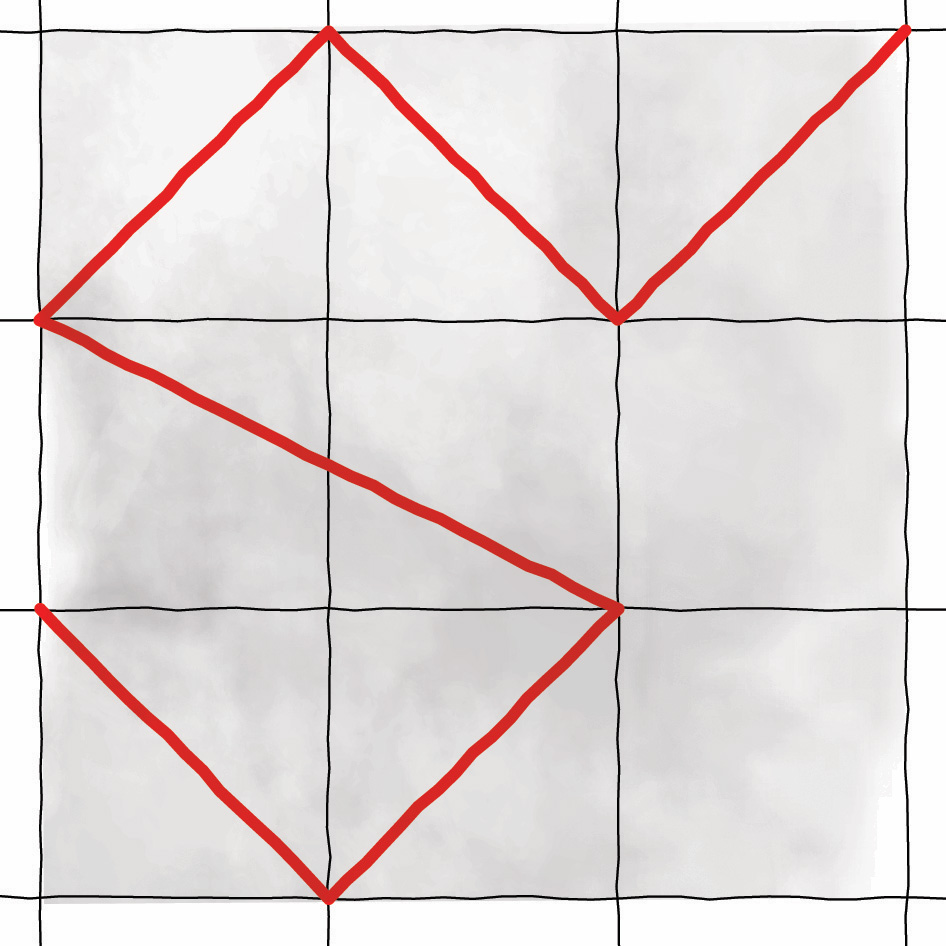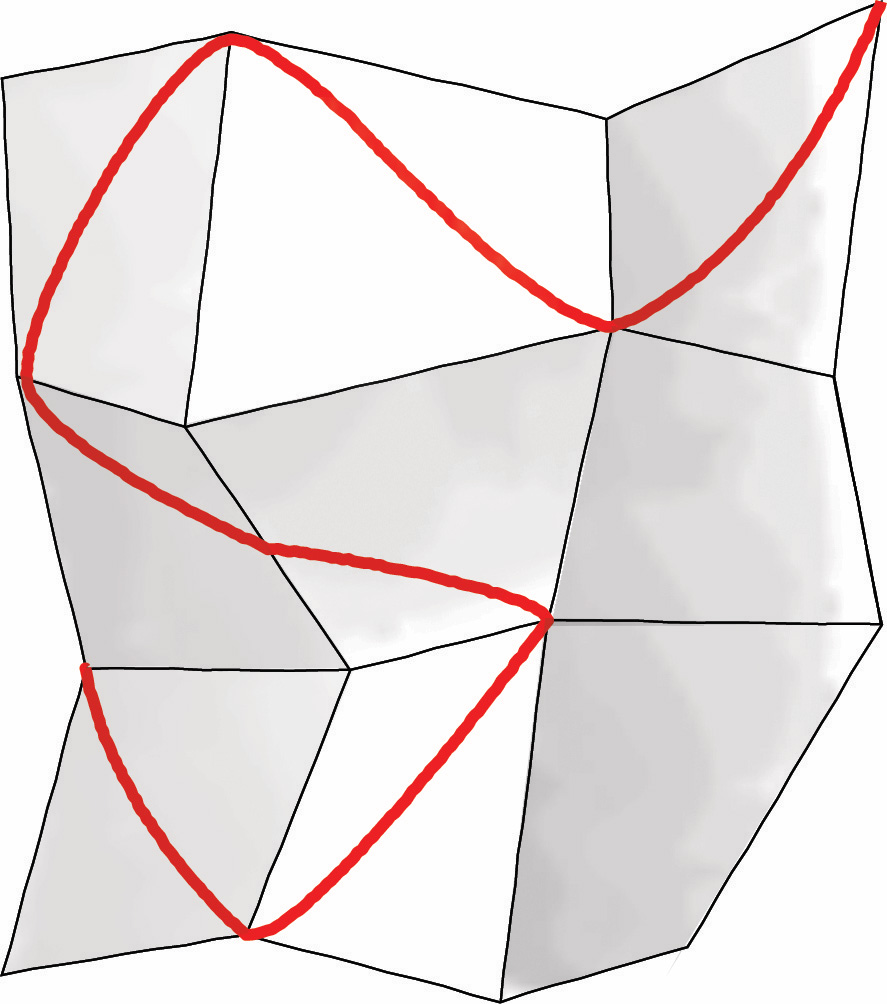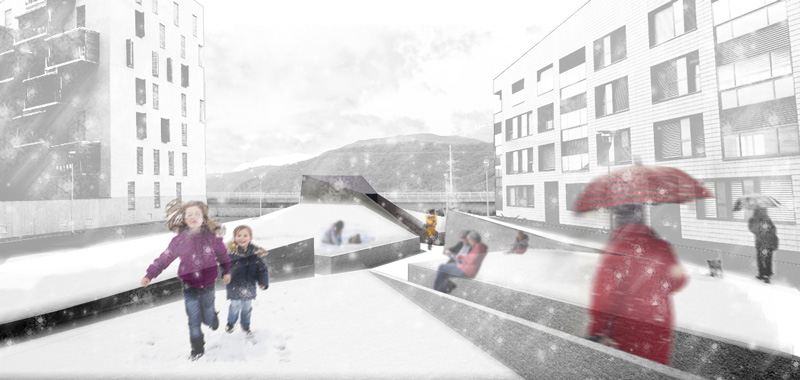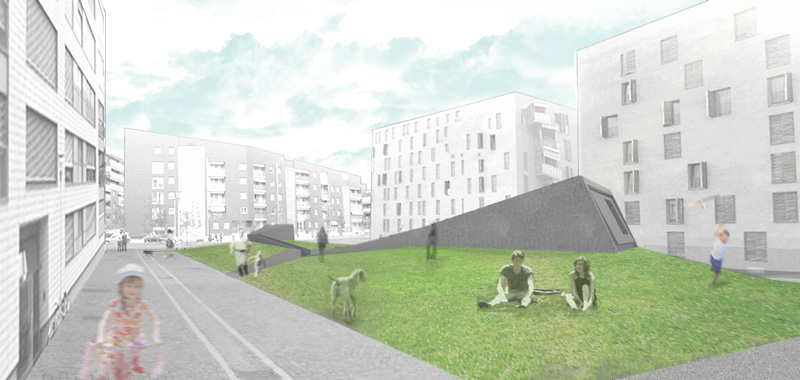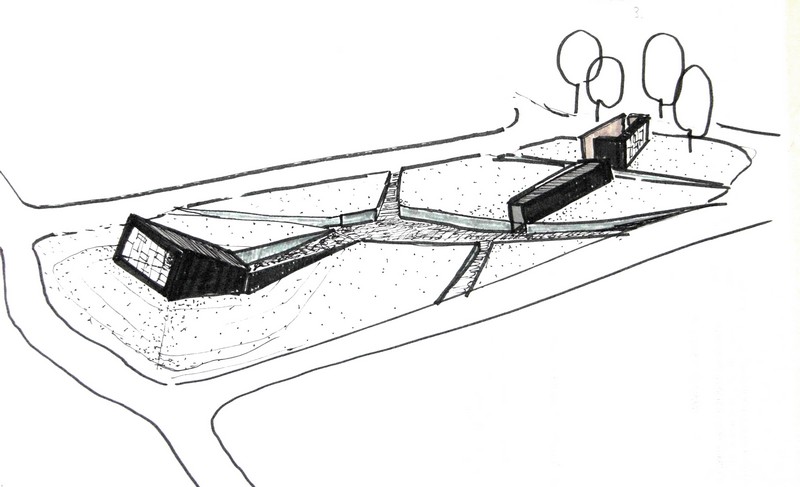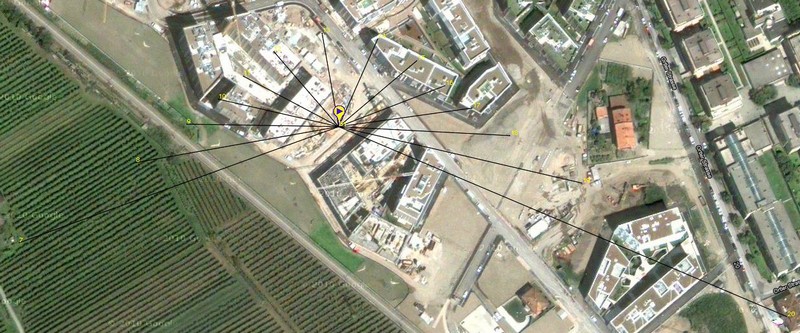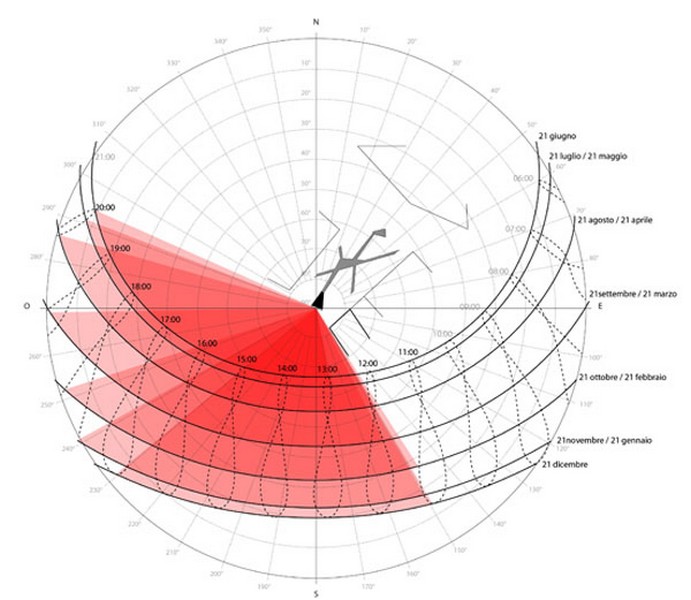Travelling through the Casanova di Bolzano zone, we asked ourselves what it means to design an Art Park and if a park represents a residue or a natural hybrid. We questioned the importance and utility of searching for a border between nature and culture, as well as between art and culture. We did not find an answer, unless it was this simple consideration: as artists/designers, we enter into contact with nature through the people who live in it. Perhaps without people, we would not be able to perceive nature for what it is, nor to recognise its reality.
 READ MORE
READ MORE 
Through these simple considerations, we came to two design choices. The first is to place the individual and the body at the centre of the project. We thought of Buckminster Fuller, when he said that “the object itself is a service, a relationship, it can appear or disappear”. Perhaps a park is merely an artificial place where people can recapture the impulse to move. But how can we elicit this impulse? Our solution lies in causing landslides of earth, transforming the park into a series of sloping planes and corridors. The body of the spectator therefore finds a new relationship with the ground it treads on, ground that is tilted rather than horizontal. Through this slight instability, the park becomes a place that stimulates the body by eliciting this impulse to move.
The second design choice was to emphasise the effect of art rather than focus on mere artistic objects. In order to maintain a continuity with the role of the body, we drew attention to the spectator’s perception. To do this, we thought of neurologist Francisco Varela, when he said “perception is already a reaction”. We asked ourselves whether placing the focus of the art on perception could be the first way to activate the participation of the spectator. But how could we activate this perception without creating an object or an installation? Our solution was to reconfigure the chromatic perception of the surrounding landscape. From here, two oblique architectural bodies were created, the only ones in the entire park, which we will, erroneously, call Camera Obscuras. These both have a view, enclosed by a modular glass wall made of dichroic glass that breaks the sun’s rays, altering and modifying both the reflections and the reverberations of the light. The position of the Camera Obscuras are guided by two factors: the orientation, dictated by the azimuth, and the inclination, dictated by the angle of the sun. In the first Camera Obscura, these parameters have been selected to favour the morning light, while in the second, they favour the afternoon light. At the centre of the project, there is a small piazza created by the play of gradients of the embankments. This is the hub to reach the two Camera Obscuras, and represents the points of arrival and departure of the route.
In conclusion, our proposal aims to stimulate the participation of the spectators, by placing the accent on the effects of an Art Park. The spectators are intended not as co-authors of the work, but as its activators: without the spectator, the work cannot exist, just as without the presence of people, we cannot understand nature. We believe that stimulating the perception of the spectator is the ethical role of art, above all when this is created by public institutions and realised in places that are not designated as being for contemporary art. The project’s objective is to gather the proposals and the future needs of the spectators: only in this way can selected spaces achieve the familiarity needed to become a place. This is why we decided to make the Camera Obscuras into flexible spaces, so that they can accommodate the ferment of the moment, and together with the small piazza, open the space to all uses. From these perspectives, we hope to offer a triple service: adding a second external satellite to Museion, in continuity with Alberto Garutti’s cube, creating a dynamic place for the needs of the community of the Don Bosco quarter, and realising an innovative Art Park which unites beauty and ethical responsibility
Competizione Kunst Park Città di Bolzano
